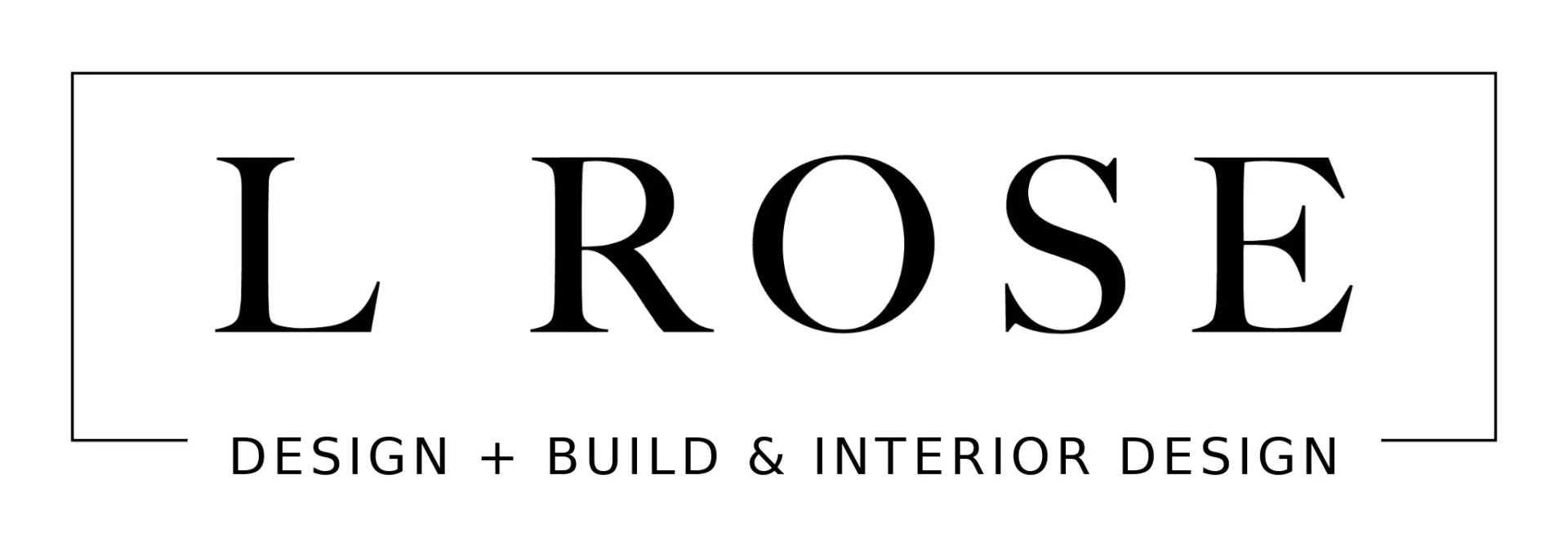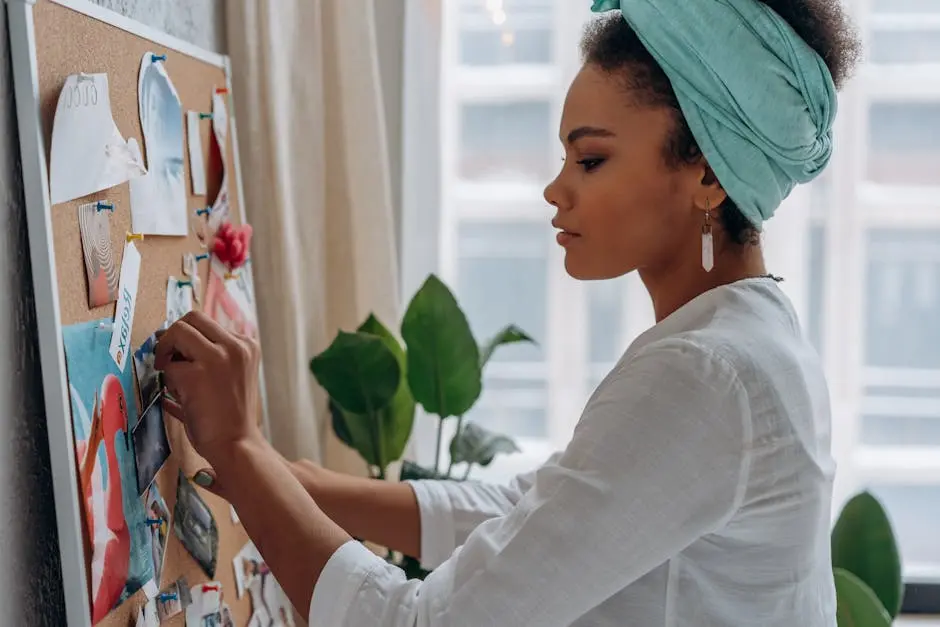How Does Residential Design Influence Mood and Well-being?
The spaces we inhabit significantly impact our mood and overall well-being. This FAQ blog explores the intricate ways residential design elements influence how we feel in our own homes and offers insights to enhance our living environments.
What is the Role of Color in Mood Enhancement?
Colors can profoundly affect our emotions. Understanding which colors evoke certain feelings can help in choosing the right palette to create a soothing or energizing atmosphere in your home.
For instance, blues and greens are often associated with tranquility and relaxation, making them ideal choices for bedrooms or reading nooks. Conversely, vibrant hues like reds and oranges can stimulate energy and creativity, perfect for spaces such as kitchens or home offices.
Incorporating neutral tones can complement bolder shades, creating a balanced environment that reduces overstimulation while still maintaining a dynamic and engaging space.
How Does Lighting Influence Our Mental State?
Natural and artificial lighting play a crucial role in residential design. The right lighting can boost mood and productivity, while poor lighting may contribute to feelings of fatigue or stress.
Maximizing natural light not only supports circadian rhythms, promoting better sleep but also brings warmth into your living areas, making them more inviting. As per experts, sunlight can help maintain mental health by stimulating neurotransmitters like serotonin.
LED lights offer versatility in adjusting brightness and color temperature, allowing you to tailor the ambiance from warm and cozy to bright and energizing, suitable for different activities and times of day.
Why is Spatial Arrangement Important for Well-being?
The layout of furniture and space in a home can greatly affect how we feel. A well-organized and harmonious arrangement provides comfort and flow, whereas cluttered spaces may lead to anxiety and discomfort.
In designing your home, consider the flow of movement. Unobstructed pathways and strategically placed furniture not only enhance functionality but also create a sense of openness and tranquility.
Integrating elements such as open shelving or minimalistic furniture can help maintain a spacious feel, which encourages relaxation and helps reduce the mental clutter associated with overly crowded environments.
How Do Textures and Materials Affect Mood?
The tactile quality of various materials can evoke different emotional responses. Soft and natural materials tend to soothe, while hard or synthetic surfaces might produce a different effect.
Introducing soft textures like plush rugs and cotton throws can instantly make a space feel more comfortable and inviting. Natural materials, such as wood and stone, bring elements of the outside in, contributing to a calming and earthy atmosphere.
Conversely, sleek and modern materials like glass and metal can offer a feeling of sophistication and inspiration, ideal for adding a contemporary touch to your design.
Can Personalized Design Elements Boost Happiness?
Incorporating personal touches into your space, such as family photos, cherished mementos, or items with sentimental value, can make your home more inviting and personal, thus enhancing your overall happiness.
Displaying art pieces that reflect your taste and personality can serve not only as conversation starters but also as daily reminders of your identity and joy.
Personalized spaces reinforce a sense of ownership and comfort, making your home a true sanctuary that supports your emotional and mental well-being.
Conclusion: Crafting Homes that Nurture Mind and Soul
In conclusion, residential design holds the power to transform our living spaces into sanctuaries that uplift our spirits and enhance our well-being. By thoughtfully incorporating elements that resonate with us personally and considering the principles of design, we can create homes that not only reflect our style but also nurture our mental and emotional health.

